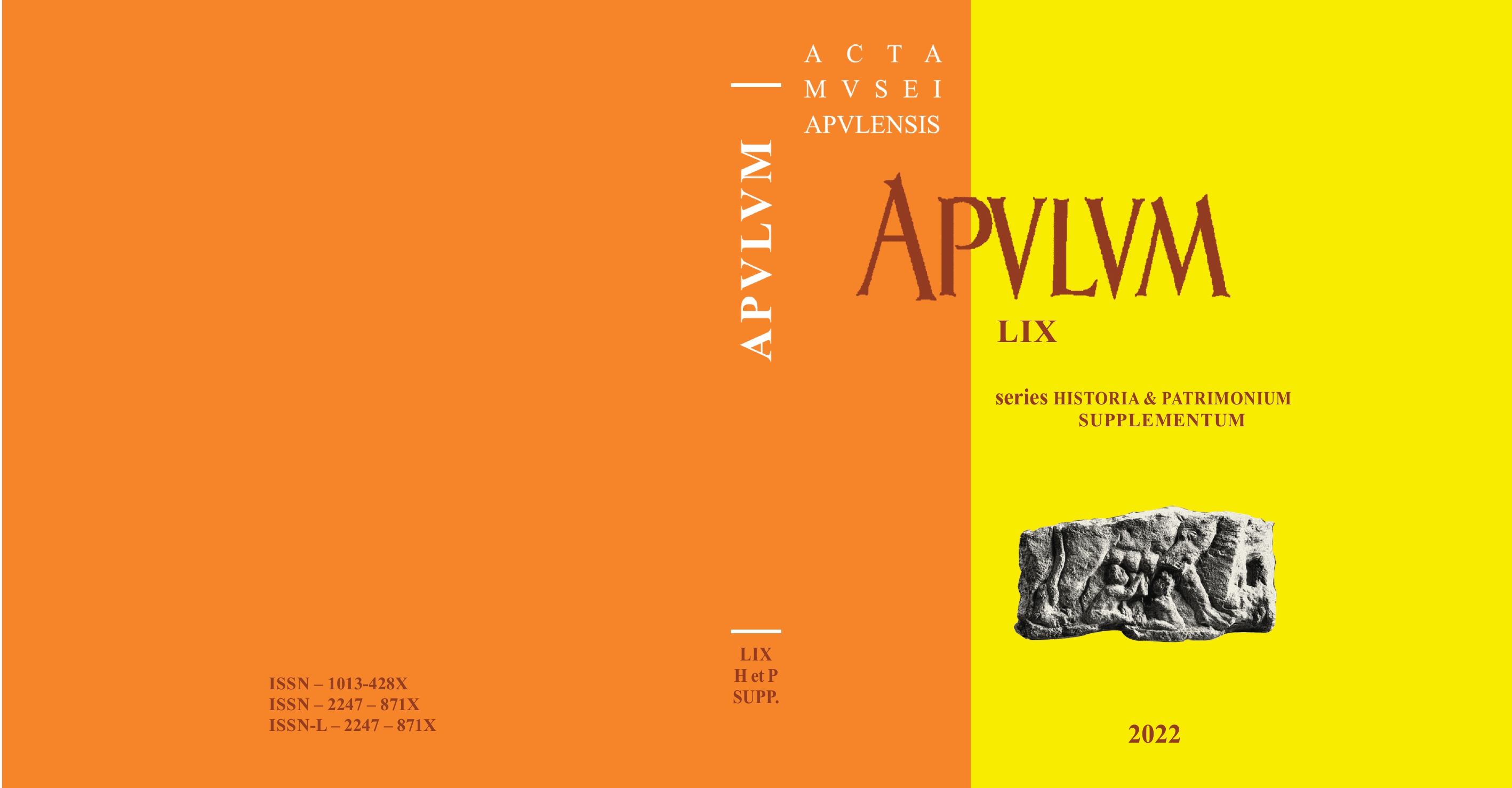Din istoricul bibliotecii Mănăstirii Sucevița (secolul al XIX-lea)
From the History of the Library of Sucevița Monastery (19th century)
Author(s): Olimpia MitricSubject(s): History, Cultural history, Museology & Heritage Studies, Library and Information Science, Modern Age, 19th Century
Published by: Muzeul National al Unirii Alba Iulia
Keywords: Sucevița Monastery; Movileşti family; monastery library; Ghenadie Zaharovici; Emanoil Boca;
Summary/Abstract: Sucevita Monastery has its beginnings in the 15th century. The current monastic ensemble, founded by the Movileşti family, was erected at the end of the 16th century. Even the first hermitage had a collection of liturgical manuscripts, in the Slavonic language, which was enriched and diversified thematically with new texts, some translated and copied even in the monastery’s scriptorium. The term library appears very late in the documents from the monastery’s archive, only in the ”century of libraries”. In 1847, in the address to the Consistory, from December 3/15, the new abbot, Ghenadie Zaharovici asked for permission ”for the introduction of the Library in this holy monastery”, as was done in the monasteries of Putna and Dragomirna. Donations and acquisitions enriched the library. Subscription offers also come from other areas of the Empire, especially from Transylvania, from Bishop Andrei Șaguna. For decades, the abbot of the monastery also took care of the Library. It was not until 1898, March 8/20, that the theologian Emanoil Boca was in charge of the ”monastery library”. The catalogue made by him is no longer preserved, but the fragments of paper with the title and inventory number pasted on the previous cover of the books (a kind of manuscript superstore) can still be seen today. Starting with 1855, the Sucevița monastery participated in several exhibitions (organized in Chernivtsi, Kyiv, Vienna, Bucharest, Paris, Geneva) and some miniature princely manuscripts, which attracted the interest of Romanian and foreign researchers. Today, the old book collection has over 500 copies and consists of the following collections: Slavonic and Romanian manuscripts, old Romanian books (up to and including 1830), old foreign books (up to and including 1800), Romanian and foreign bibliophile values (books and periodicals printed up to the first decades of the last century). It is a representative monastery library for Moldova, through the value of its collections. The manuscripts adorned with rich ornamental elements or illustrated with miniatures in the form of an iconographic cycle have a special significance in terms of art, culture and history.
Journal: Apulum
- Issue Year: LIX/2022
- Issue No: 2 Supp.
- Page Range: 141-160
- Page Count: 20
- Language: Romanian
- Content File-PDF

